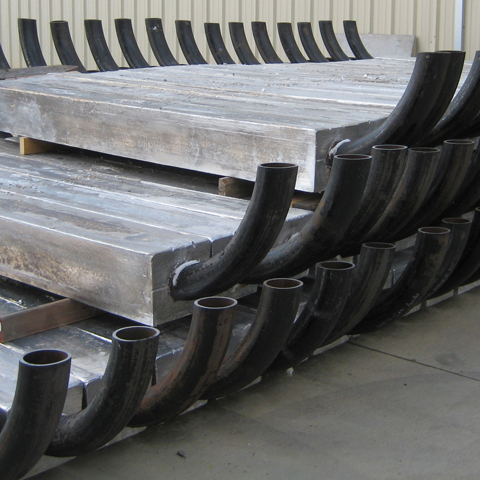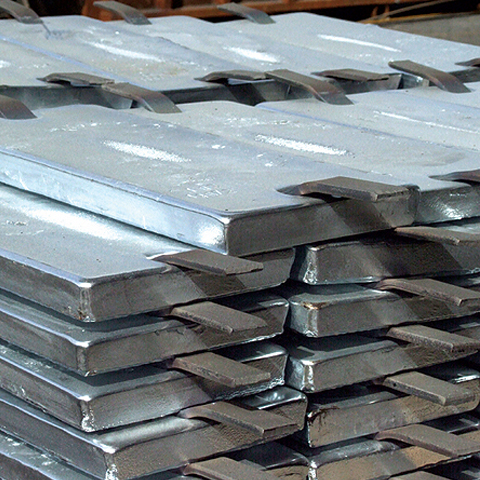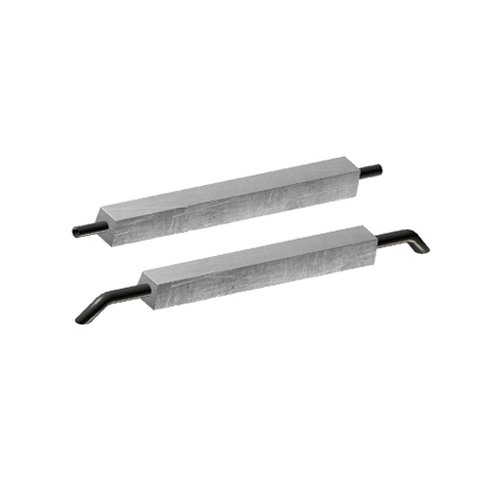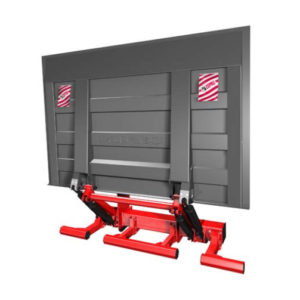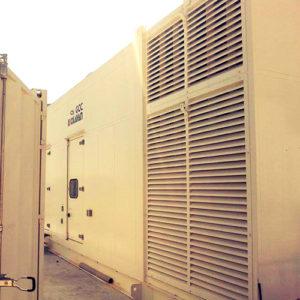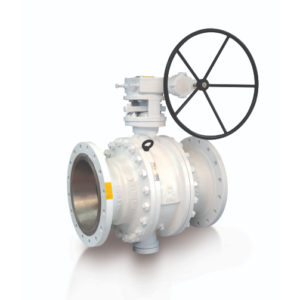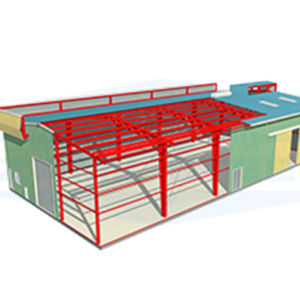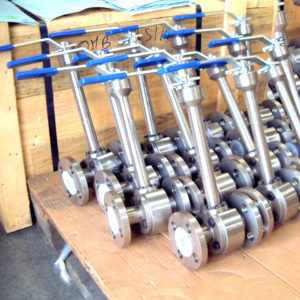Description
Features:
Carbon anodes are produced from the following ingredients: calcined petroleum coke and coal tar pitch. The coke is first crushed and segregated into size fractions then mixed to obtain the required anode quality. This dry mix is preheated then mixed with pitch to bind the coke particles into anode blocks.
Applications:
The anode blocks are heated to 1,100o C for 17 days in the baking kiln to improve their strength and electrical conductivity then transferred to the Rodding Room where they are fitted with an electricity conducting rod. Once in the cell, the carbon anodes are gradually consumed during what is known as the electrolytic process, and are replaced every 28 days approximately. The remains of these spent anodes – the butts – are returned to the Rodding Room and recycled.


